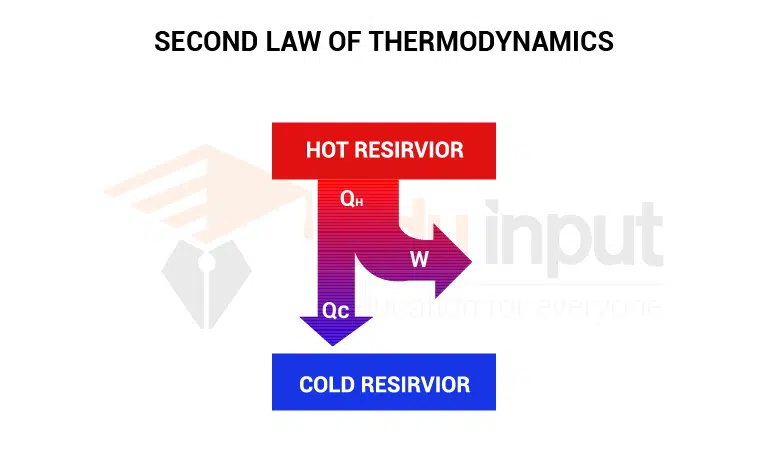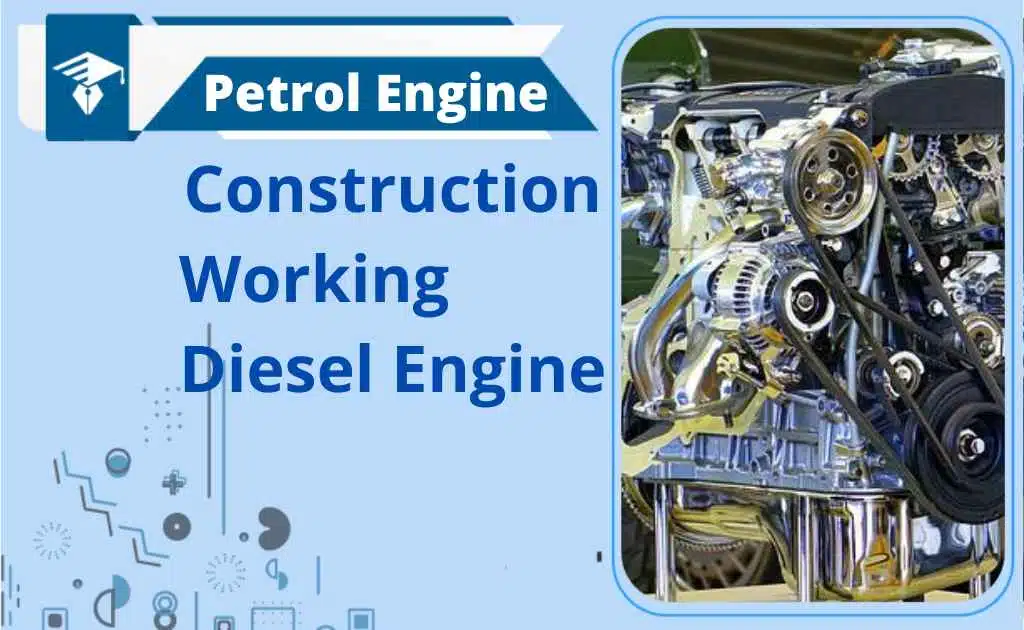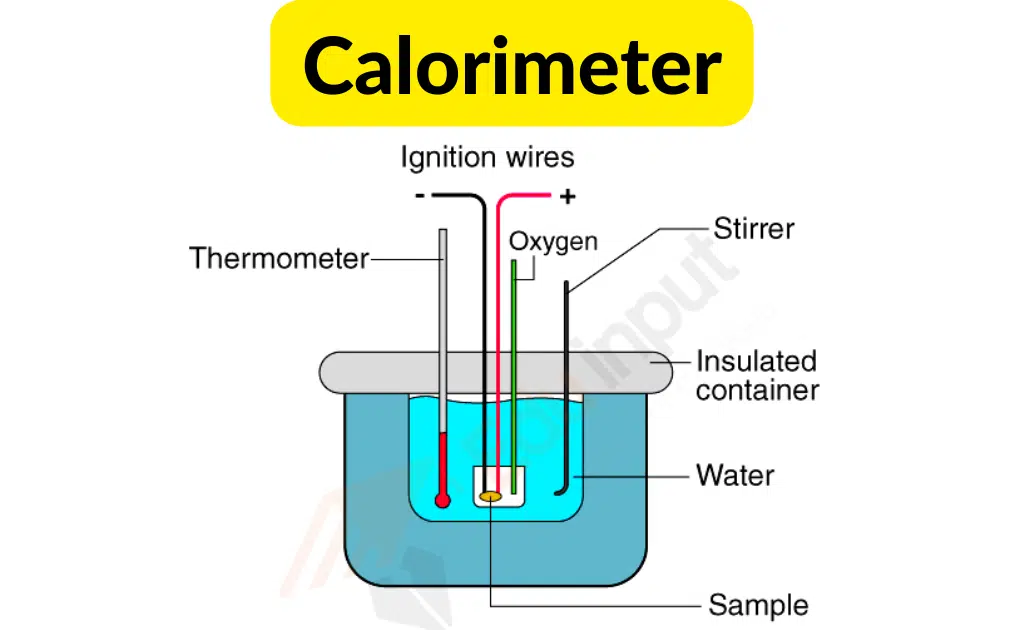Heat Engine-Definition, Examples, Construction, And Types
A device that converts heat energy into mechanical energy is called a Heat Engine. A heat engine that operates in a cycle is called a Cycle heat Engine.
Heat engine
In thermodynamics and engineering, an engine is a system that converts heat into mechanical energy, which can be used to perform mechanical work. It works on the basis of the second law of thermodynamics.
It converts a working substance to a higher state temperature from a lower state temperature. A heat source produces thermal energy that brings the working material to a hot state. The working material transfers heat to a cooler sink to reach cold conditions while producing work in the working body of the engine.
Some of the heat energy is converted into work using the properties of the working matter. The working substance can be any system with non-zero heat capacity but is usually a gas or liquid. In this process, some heat is usually lost to the environment and not converted to work. Also, some of the energy is wasted through friction and drag.
Example of heat engine
The earliest engine was the steam engine. Petrol engines and diesel engines are examples of heat engines. The Carnot engine has maximum efficiency. It is a theoretical engine.
A refrigerator transfer heat from a low-temperature compartment to higher-temperature surroundings with the help of external work. It is a heat engine operating in reverse order.
Cause for developing the heat engine
It was developed on the fact that when water is boiled in a vessel covered with a lid. The steam inside tries to push the lid off showing the ability to do work. It became the cause for the development of the heat engine.
Construction of heat engine:
It consists of the following parts:
Hot reservoir:
It is also called a Source A body kept at a high temperature is called Hot Reservoir. It is used to supply heat to the engine.
Cold Reservoir:
It is also called a Sink. A body kept at a low temperature is called Cold Reservoir. The remaining heat is rejected to the sink.

Working Substance of heat engine:
A working substance is needed which can absorb heat Q1, from the source convert some of it into work W by its expansion, and rejects the rest of heatQ2 to the cold reservoir or sink.
The working substance of an engine is steam, or a mixture of fuel and air, or fuel and oxygen. For example, the working substance of a petrol engine is petrol and air.
Types of heat engines
There are two types of engine
- External combustion engine
- Internal combustion engine
External combustion engine
It is the type of engine in which heat is taken out from fuel consumed outside the cylinder. For example steam engine.
Internal combustion engine
It is the type of engine in which heat is taken out from fuel consumed inside the cylinder. There are three types of internal combustion engine
- Two-stroke engine
- Diesel engine
- Petrol engine







Leave a Reply